South Korea’s museum boom is making up for lost time
Roula Khalaf, Editor of the FT, selects her favourite stories in this weekly newsletter.
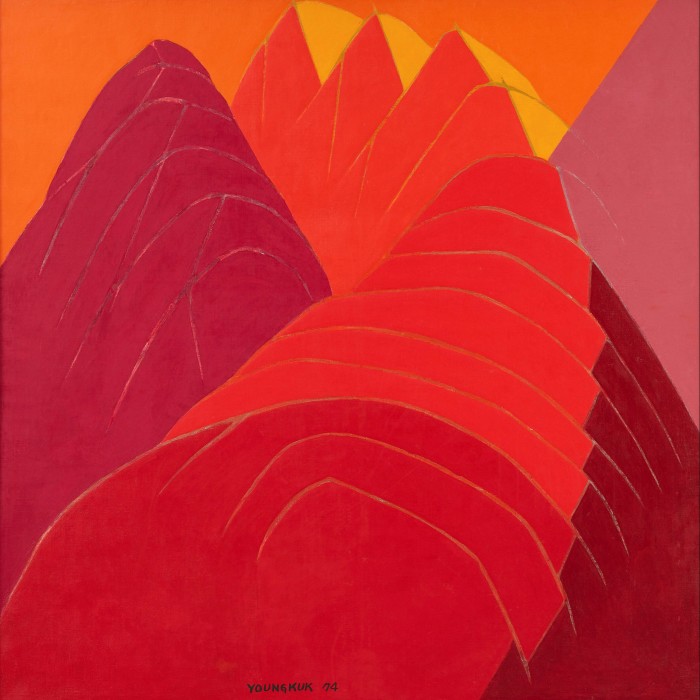
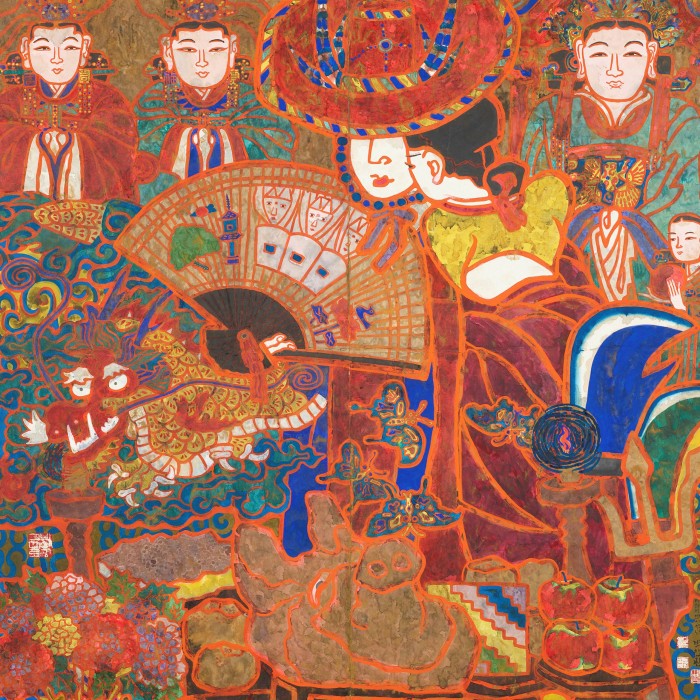
To many South Koreans, Ulsan is known as the city of the Hyundai Group: during the 1970s, the industrial conglomerate turned a quiet fishing port in the southeast of the country into a gigantic company town. Despite its 1.2mn residents and high wages, though, Ulsan never developed much of a cultural scene — in fact, didn’t even have a municipal art museum.
All that is changing with the arrival of the Ulsan Museum of Art, inaugurated in January 2022. It is the first municipal museum in Korea to build a collection with a specific focus on media art, expanding beyond traditional formats and genres. The director, Suh Jin-suk, will have funds to acquire a coherent collection; most public museums in South Korea are restricted by complex rules in how they buy, which leads to “few art museums in Korea with collections that have strong characters”, he says when we speak.
Ulsan is more important than one isolated opening: it represents the start of a period of massive growth in art museums across South Korea. Abundant liquidity has made the domestic art market boom for most of the past decade and major international galleries and art fairs have staked their claims in the country. (The inaugural Frieze Seoul will take place in September.) In the wake of K-pop and the Korean Wave in general, the country is trying to see if K-art can be the next big global draw.
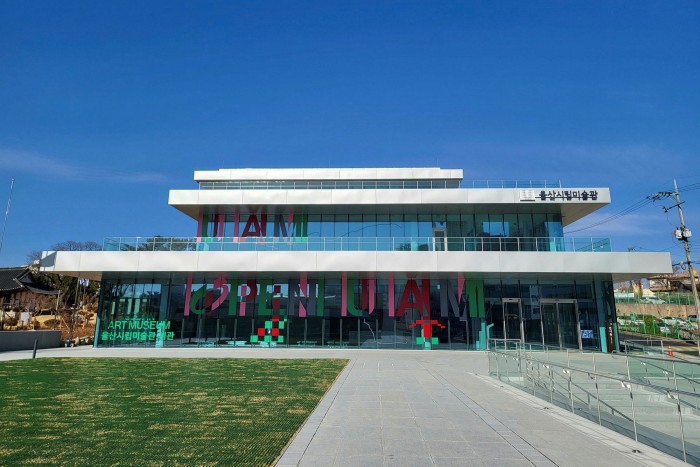
The country is behind: Unesco data from 2020 showed that Korea had 21 museums per million people, compared with 45 in Japan and 101 in the US. Support for fostering cultural infrastructure comes right from the top: in 2022, Korea’s culture ministry secured an unprecedented 7tn Korean won ($5.6bn) for its annual budget. Ki Hye-kyung, director of Busan Museum of Art, says there has been a mismatch between Korea’s wealth and its cultural infrastructure: “We should see the changes happening now as a kind of catch-up on other advanced countries.”
“The significance of art in Korean society is undeniably increasing, whether in the commercial or public sphere,” says Suh. “Regional governments are rushing to establish cultural foundations and corporations are planning to open art museums.”
Earlier this year, Seoul’s Museum of Art announced that it would inaugurate three more branches throughout the city by 2024. The National Museum of Modern and Contemporary Art, which now operates four venues in Seoul and Cheongju, announced that it would open a fifth in Daejeon — a hub city known for its transportation and R&D facilities — by 2026.
In Daegu, a city 30 minutes by train from Ulsan, the Kansong Art Museum is set to open in 2023 to host the Kansong Collection, a private collection of artworks and treasures bought by a wealthy Korean businessman during the Japanese colonial period of 1910-45. Gwangju in the southwest, which has hosted an art biennale since 1995, has just launched the Gwangju Media Art Platform as an additional venue for its municipal art museum. And Incheon, the third-biggest city in the country, will soon start building a museum park for a new municipal art museum, as well as an expanded history museum and buildings to host commercial galleries. All are due to open in late 2025.
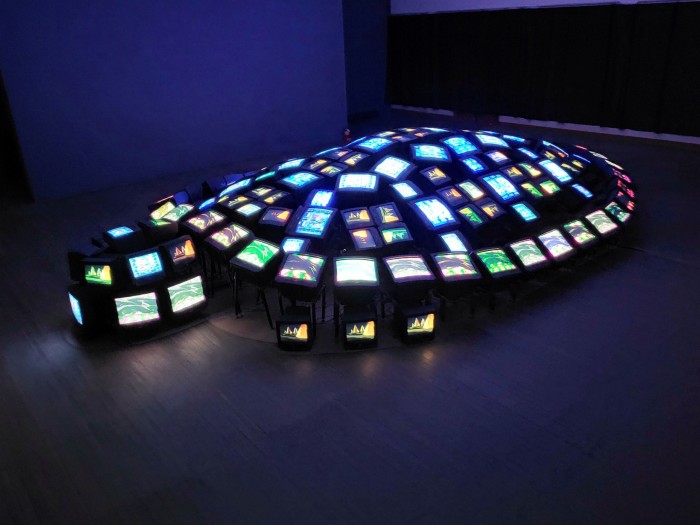
There have been fortuitous surprises too. The private collection of the late Samsung chair Lee Kun-hee, which contains more than 23,000 artworks, was donated to South Korea’s national museums in 2021 in the hope that it could be accepted as a payment in kind towards an $11bn inheritance tax bill. The collection is currently on view at the National Museum of Modern and Contemporary Art, but there’s not enough space for storage and permanent display, so it is getting its own space too.
Ki says that this sudden museum mania is a consequence of government officials finally understanding the importance of cultural infrastructure. Busan, Korea’s second-largest city and a major port, will increase its spending on art and culture to 3 per cent of its total budget by 2030. “Officials have now realised that cultural development is the next big thing for Korea to become a more advanced country,” says Ki.
But it is also a response to slowing economic drivers and decreased urban desirability — Ulsan’s population has been shrinking, and local leaders think a museum will attract young people. The heavy industries that drove South Korea’s economic miracle after the Korean war (1950-53) have long ceased to power the economy; museums, it’s hoped, will encourage spending by both local visitors and those from overseas. Though opening a museum cannot solve structural economic problems, it certainly serves as a way to alleviate the longstanding imbalance in cultural infrastructure between Seoul and the rest of the country.
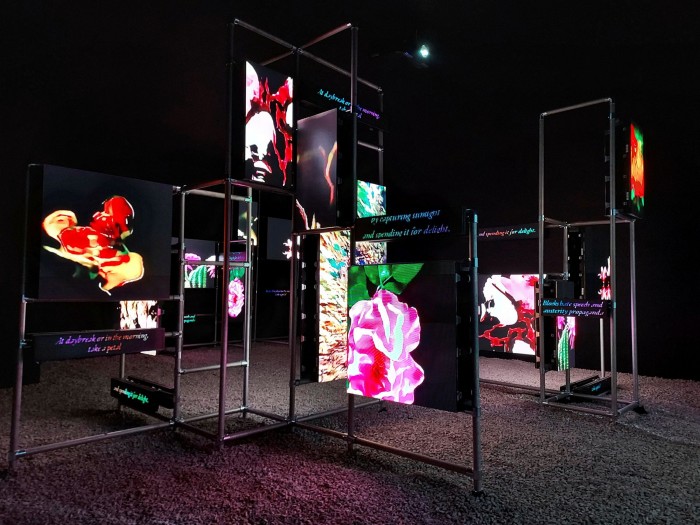
But speed does not necessarily equal quality. The strategy of “build now, fill later”, which has been typical of the country’s rapid economic growth in the last century, does not work for cultural institutions. The Asia Culture Center in Gwangju, which opened in 2015, has been experiencing difficulties in filling its space with consistently high-quality art and programming.
K-pop’s accelerated development and responsive adaptation could provide an instructive example for museums. Suh says: “Koreans are known for their love of speed. We are sometimes so fast. But in the past, we often lacked details. But now we are fast, adaptable and creative.”
Korea’s nationwide investment in arts and culture is unusual, when most countries are battling with the effects of the pandemic. Indeed, the new museum in Ulsan opened its doors to the public during a wave of Covid-19. Yet with the gradual demise of Korea’s industrial base and the need to step up as an advanced country, building infrastructure is more important than ever. The question is whether it can be expedited — or whether all these new museums are too much of a good thing.
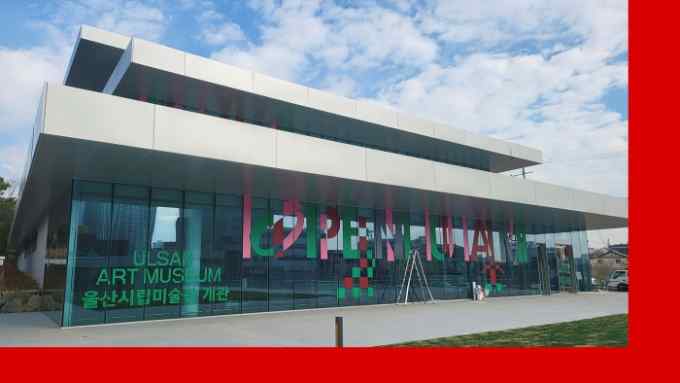
Comments